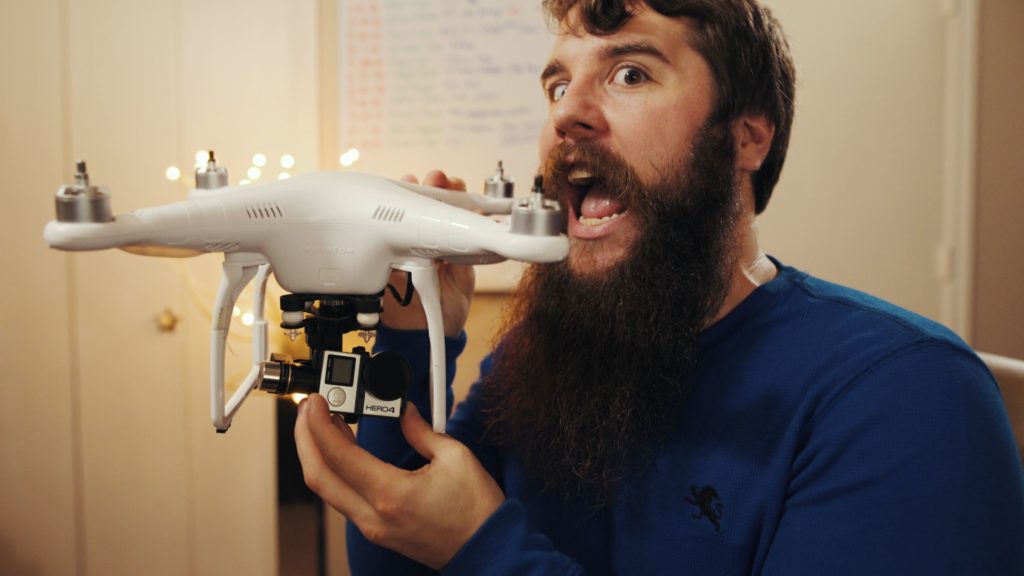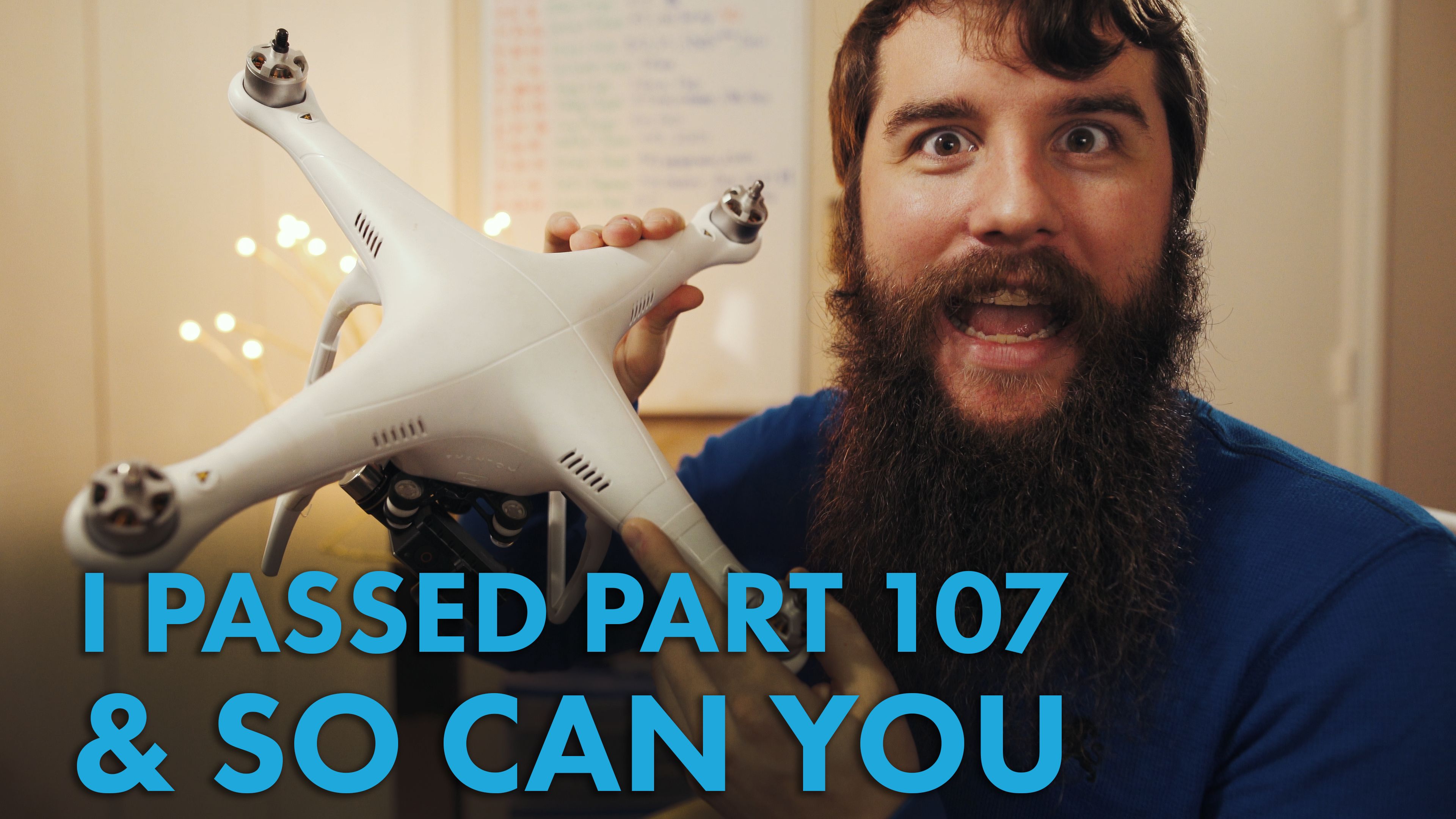About 9 years ago, before I was even considering pursuing a career in making videos, I entered a video contest put on by Texas A&M University called “Why I’m an Aggie.” My entry featured students speaking about why they chose Texas A&M and what they enjoyed about the university. Throughout the video, I featured pretty shots of campus that I shot with my trusty Sony HDR-UX1 (recording to mini-DVDs, SD cards weren’t fast or large enough yet).
The shot that set my contest entry apart from the others though, was an aerial video of campus that I filmed from a plane. Yes, I actually rode in a plane over campus to get a shot for my video! This blew away the judges considering that aerial video was still relatively rare (unless you happened to have a pilot father – thanks dad).
Nine years later, aerial video is now mainstream. People are buying Millennium Falcon camera drones, stuffing their dead cats and turning them into quadcopters, and anyone with a cell phone can purchase a flying camera for as little as $20. My aerial video in 2008 that took so much effort and timing, could now be accomplished by any kid with a drone Christmas present. It would probably look smoother and be better colored too.
In August of 2016, the Federal Aviation Administration passed their official rules for commercial drone usage in the United States. Up until this point, if you wanted to make money flying your drone you had to apply for a Section 333 waiver and actually possess a pilot’s license to fly a drone.

This all changed with the FAA’s Part 107 ruling, which made getting a license to fly your drone for commercial purposes as easy as taking a knowledge test, no pilot’s license required.
Now when I say easy, I mean easier than getting an actual pilot’s license, not that the test itself is easy. Which brings us to this video that I created today, which is all about why you should take the knowledge test, and how to study for and pass it.
In the video, I detail the exact resources that I used to pass the Part 107 knowledge test. These resources are now listed below in order that I speak about them in the video. If you study these materials, you shouldn’t need to spend any extra money on any courses or classes for the test.
But, if you find that you benefit more from a classroom setting, I would recommend checking out Drone Pilot Ground School and Remote Pilot 101.
Here are the study resources that I listed in the video, in order:
BASIC DRONE KNOWLEDGE
– http://www.knowbeforeyoufly.com
PART 107 TEST COURSES & CLASSES
– Remote Pilot 101
– Drone Pilot Ground School
AMERICAN FLYER’S TESTING CENTERS
– American Flyers
FAA OFFICIAL STUDY GUIDE
– https://www.faa.gov/regulations_policies/handbooks_manuals/aviation/media/remote_pilot_study_guide.pdf
FAA Advisory Circular
–https://www.faa.gov/documentLibrary/media/Advisory_Circular/AC_107-2.pdf
SECTIONAL CHARTS VIDEOS
– https://www.youtube.com/watch?v=aLBz8Z1w4PQ
– https://www.youtube.com/watch?v=6ITjUfl80bs
FAA TEST SUPPLEMENT BOOKLET
– https://www.faa.gov/training_testing/testing/test_questions/media/sport_rec_private_akts.pdf
COMMERCIAL DRONES FM PODCAST EPISODE 6
– https://commercialdrones.fm/home/faa-part-107-test-study-guide-test-prep-drone-pilots
FAA PART 107 PRACTICE TEST
– https://www.faa.gov/training_testing/testing/test_questions/media/uag_sample_exam.pdf
JONATHAN RUPPRECHT FAA PART 107 PRACTICE TEST ANSWERS & STUDY GUIDE
– http://jrupprechtlaw.com/part-107-knowledge-test
– http://jrupprechtlaw.com/part-107-test-study-guide
3D ROBOTICS PART 107 PRACTICE TEST
– https://3dr.com/faa/drone-practice-tests/
OTHER RESOURCES NOT MENTIONED IN THE VIDEO
– SkyVector
– AIRNAV
That’s it! Read and study these articles, listen to the podcast, take the practice test, and when you’re ready, go and take the real thing. If you take your time and prepare, you’ll pass like I did.
As always, if you have any questions or comments, feel free to leave one below or get in touch.

